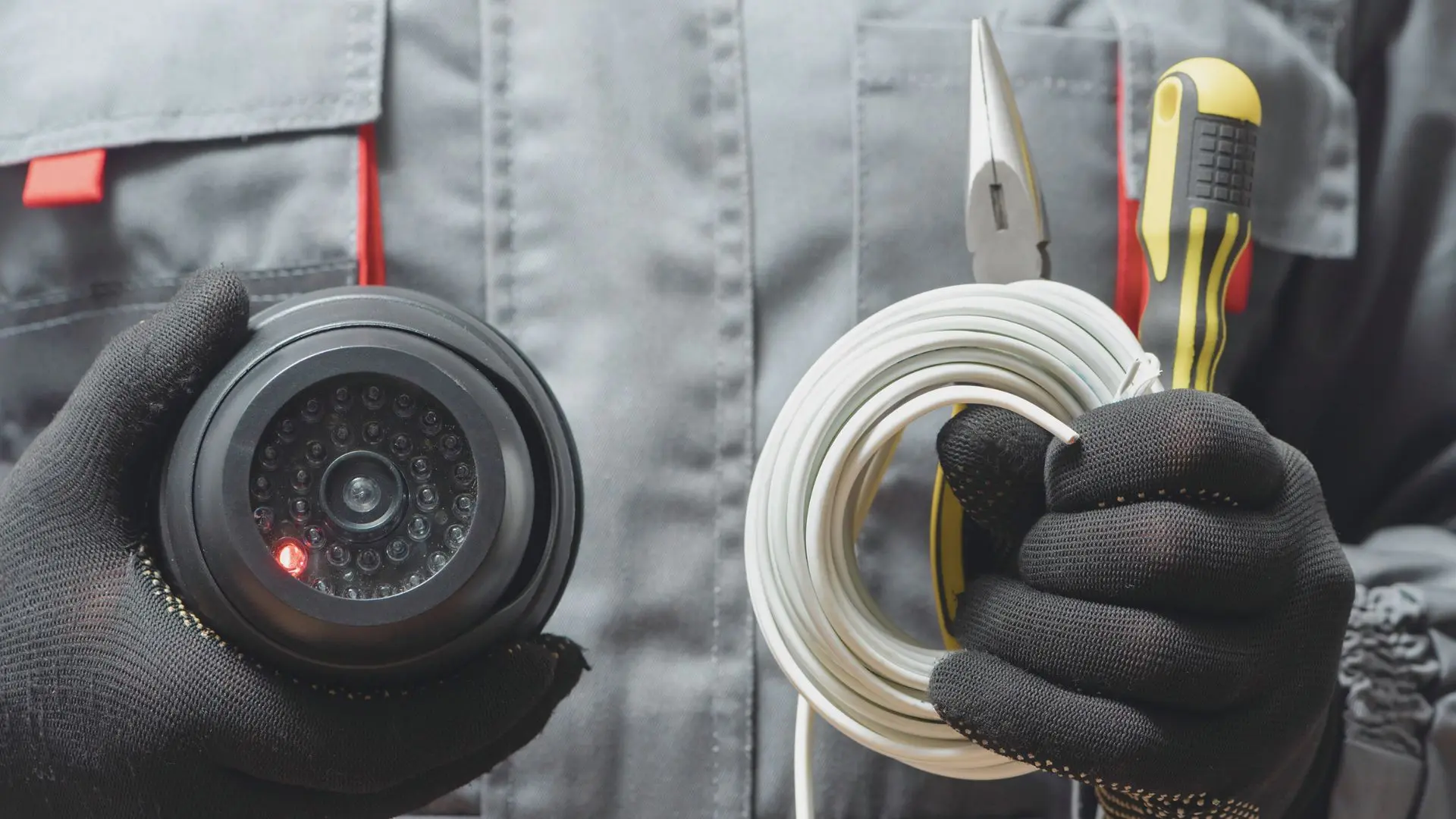
Get your free Melbourne Electrician quote today!
Our team of Melbourne Electricians is here to help you with any questions or concerns you may have. We’re committed to providing you with the best possible service and support.
CCTV cameras aren’t a set-and-forget solution. Without regular upkeep, even high-end systems can let you down when clarity counts. This guide covers everything from lens cleaning to firmware updates, helping you avoid silent system failures and keep your footage crisp and your coverage complete.
A high-quality CCTV system is only as good as its condition. Even the most advanced security cameras can falter over time if neglected. Dust, weather, wiring issues, and outdated software are just a few factors that can slowly degrade performance. This guide explores how to maintain CCTV cameras properly, ensuring your system keeps delivering clear footage and remains reliable in the moments that matter.
Whether you’re managing a home security setup or overseeing a complex surveillance system for a business, knowing what to inspect, clean, update, and adjust can prevent unnecessary downtime and save money on repairs.
Why Regular Maintenance Makes All the Difference
A well-maintained security system reduces the chances of recording failures and prevents gaps in surveillance coverage. Over time, cables can loosen, camera focus may shift, and the clarity of image quality can suffer due to grime or internal condensation.

When to Act Immediately
Some signs mean your CCTV system needs urgent attention. If your video feeds are distorted, the cameras go offline intermittently, or motion detection stops triggering, those are all red flags.
Any signs of moisture inside the housing, unusual noises from recording equipment, or poor night vision performance should be investigated immediately. Similarly, if focus adjustments no longer improve video quality, the issue could be with the camera lenses or internal sensors.
Don’t assume the system is still recording properly because it’s powered on. A visual inspection and a brief test every few weeks can confirm everything is operating at its best.
Keeping CCTV Cameras in Top Shape
Maintaining a security system is less about complex tinkering and more about sticking to a simple routine that never slips off the calendar. Give each camera a regular once-over, and it will repay the favour when you need crystal-clear evidence.
- Inspect monthly. Look for loose brackets, dusty lenses, and telltale spider webs that can blur a shot.
- Wipe the glass with a soft microfibre cloth and the gentlest cleaner you can find; harsh sprays can leave streaks.
- Check focus and angles every season, especially after wild weather that might nudge a camera out of line.
- Tidy the cables so curious pets, kids, or lawn-mowers cannot tug them loose.
- Update firmware and apps when a new version drops; the latest software patches vulnerabilities and sharpens image processing.
- Review storage settings and confirm cloud backups are running and local drives have enough space to avoid surprise blackouts.
A well-kept CCTV network does more than record movement. It captures the right scene at the right moment with clarity that satisfies insurers, police, and anyone keen on peace of mind.
Want your cameras to stay sharp year-round? Pencil those quick checks into the calendar now and let the hardware handle the heavy lifting.
Before You Go: A Common Mistake to Avoid
One of the most overlooked issues is assuming your system works fine because you haven’t received any alerts. Without checking the camera’s housing, focus, or software, issues could be brewing silently in the background.
Don’t wait until something goes wrong to realise your footage is blurry or missing. Stay proactive. A few minutes of attention each month can save hours of frustration and possibly the loss of crucial evidence.
Ready to Keep Your System Running Smoothly?
Create a CCTV maintenance checklist tailored to your setup and mark your calendar for regular inspections. If things are already showing signs of wear or faults, it may be time to bring in a professional technician to assess your system from top to bottom.
Security isn’t just about having cameras. It’s about ensuring those cameras do their job, today, tomorrow, and whenever needed.
Want to install security cameras in your Melbourne home or business? Speak with our experienced electricians at WP Electrical today!
Published by: Pascal Harb17 October 2025